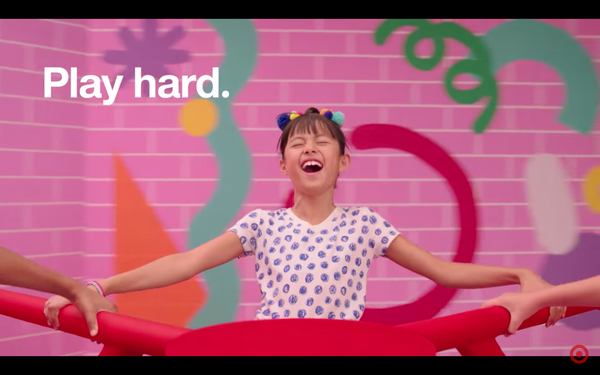retail
Why Back-To-School Ads Are Fading Away
- by Sarah Mahoney @mahoney_sarah, August 1, 2018

Sure, you’re probably noticing some fun back-to-school ads here and there, whether it’s from Target (above), Walmart or The Gap. But what you’re likely not seeing? The massive campaigns retailers once relied on to drive traffic and sales during the critical six-week school shopping season.
“It’s not that retailers are spending less on advertising overall,” says Jon Swallen, chief research officer at Kantar Media, “or that back-to-school still isn’t an important part of their calendar. It’s just that they are not investing as heavily in dedicated back-to-school messaging.”
advertisement
advertisement
In an analysis of last year’s advertising, Kantar Media detected a 20% decline, with spending on such ads falling to $166.5 million. And this year, he tells Marketing Daily, he expects to see spending dwindle a little more. The report categorizes any ad that specifically mentions school or that demonstrates a clear school theme, like showing a dorm room, school bus or class setting, as a back-to-school ad.
Target showed the biggest drop, hacking its budget by 44% to $38.4 million, followed by Kohl’s, with a 41% decrease to $15.3 million, Payless Shoesource, with a 22% cut in spending, and Walmart, which spent 15% less, or a dip of $20 million.
Reasons for the slashed budgets vary. At Target, its 2016 spending had been bolstered by a large corporate cause-marketing campaign. And at Walmart, there was a distinct message shift, with 2017 ads showing multiple merchandise categories, while the prior year had more spots highlighting single areas, such as apparel and school supplies.
Old Navy, owned by The Gap, bucked the trend, more than doubling its back-to-school ad spending to $21.2 million.
Swallen says the changing strategy is based on the recognition that parents are spending their back-to-school bucks “spread out over the core period when there is plenty of other purchasing going on. So maybe now some of the advertising is still focusing on the same merchandise lines, like clothing, but they’re not calling it out as such. They seem more inclined to incorporate them into more general messaging for store brands, with less of a direct emphasis,” he says. “It’s more of a case of them trying to do more with less money.”
Spending is still concentrated on TV and digital, he says, with smaller brands relying more on paid search.


